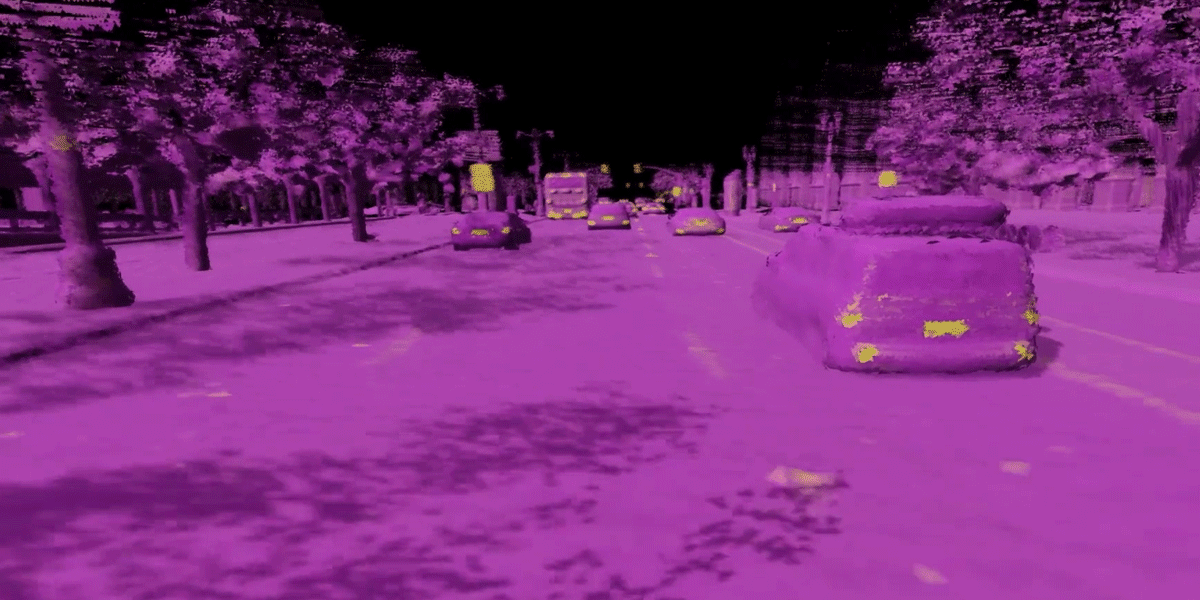Like Cruise, Waabi bases its virtual world on data taken from real sensors, including lidar and cameras, which it uses to create digital twins of real-world settings. Waabi then simulates the sensor data seen by the AI driver—including reflections on shiny surfaces, which can confuse cameras, and exhaust fumes or fog, which can throw off lidar—to make the virtual world as realistic as possible.
But the key player in Waabi World is its god-like driving instructor. As the AI driver learns to navigate a range of environments, another AI learns to spot its weaknesses and generates specific scenarios to test them.
In effect, Waabi World plays one AI against another, with the instructor learning how to make the driver fail by throwing tailor-made challenges at it, and the driver learning how to beat them. As the driver AI gets better, it gets harder to find cases where it will fail, says Urtasun. “You will need to expose it to millions, perhaps billions, of scenarios in order to find your flaws.”



